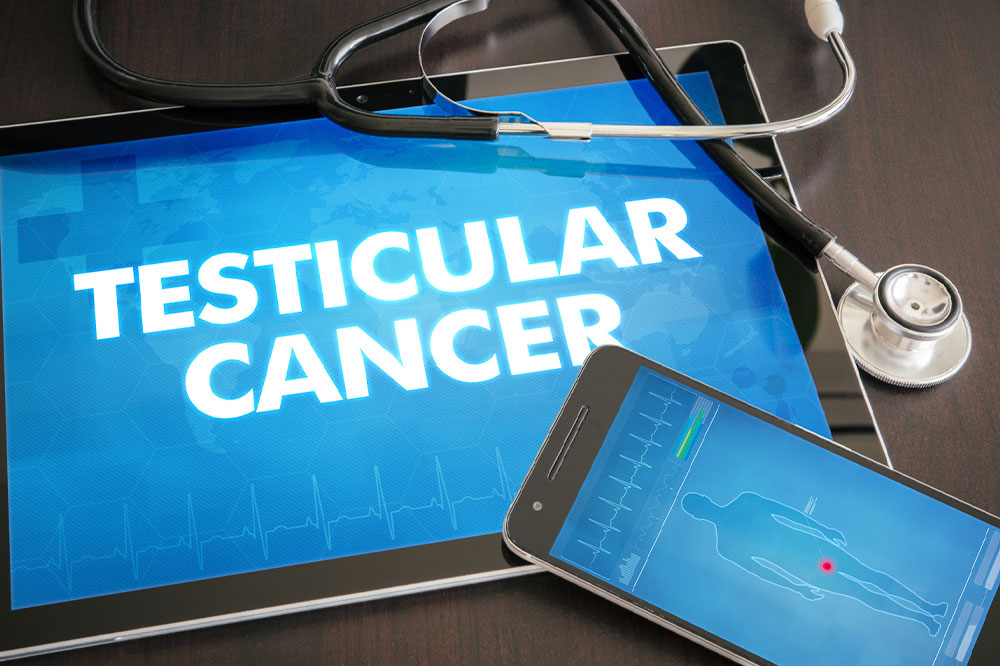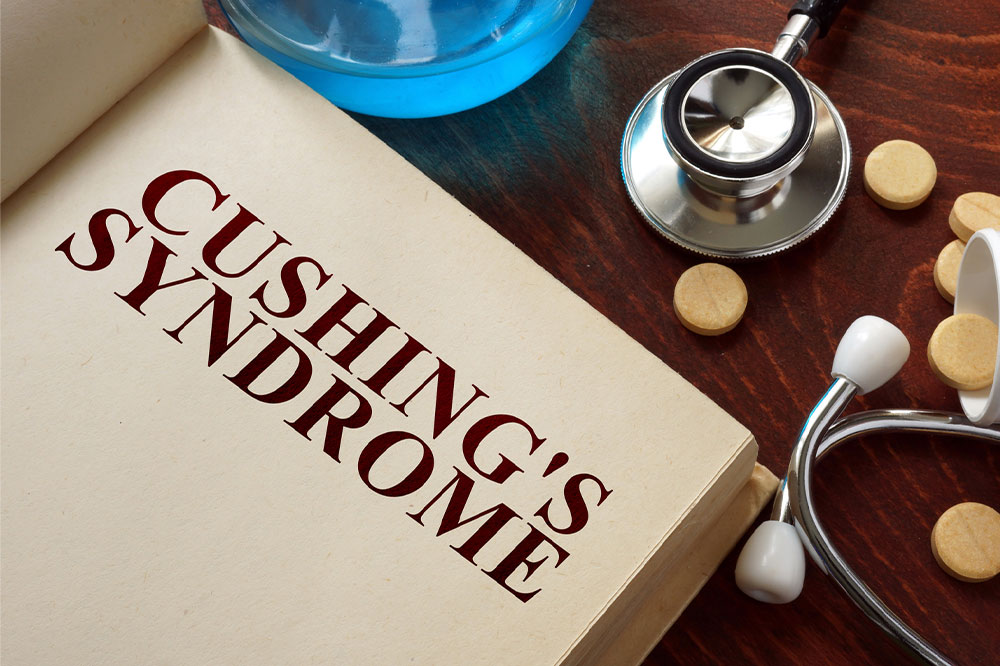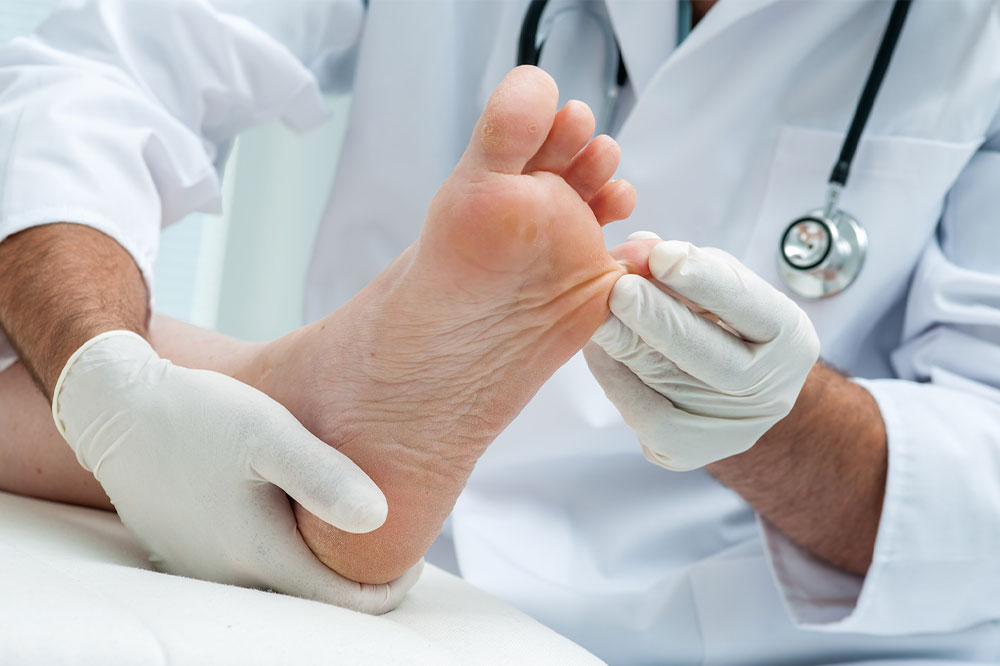Understanding Testicular Cancer: Key Facts and Treatment Options
This article provides an in-depth overview of testicular cancer, covering causes, symptoms, diagnostic methods, and treatment options. It highlights the importance of early detection and the high curability rate, emphasizing prompt medical attention for effective management in men aged 15 to 45.
Sponsored

Testicular cancer ranks among the most common cancers affecting men worldwide. Its occurrence has seen a rise over recent decades. Although it can occur at any age, it predominantly affects men aged 15 to 45. The harmful changes in cells originate early in life, but symptoms typically appear during puberty. This article covers the causes, symptoms, diagnosis, and available treatments for testicular cancer.
Causes of Testicular Cancer
Cancer develops when cells mutate and multiply uncontrollably. In testicular cancer, mutations happen in germ cells, which typically produce sperm. Abnormal germ cells can form tumors. Risk factors include testicular trauma, undescended testicles (cryptorchidism), exposure to certain hormones, and infections like HIV.
Testicular cancer is classified mainly into seminomas and nonseminomas. Seminomas tend to grow slowly, whereas nonseminomas spread rapidly. They have distinct microscopic features. Treatment choices depend on the tumor type.
Signs and Symptoms
Early symptoms include a lump or swelling in the testicle, pain or discomfort in the groin or abdomen, heaviness in the scrotum, and testicular enlargement. If the cancer progresses, symptoms may involve unexplained weight loss, cough, breathing issues, swollen lymph nodes in the neck, and swelling in the legs due to vascular obstruction. Gastrointestinal symptoms like nausea and vomiting may also occur.
Detecting Testicular Cancer
If symptoms are present, a medical evaluation is essential. Diagnosis involves reviewing medical history, physical exams to find lumps or tenderness, scrotal ultrasound to detect lesions, and imaging tests to assess spread to lymph nodes or other organs.
Treatment Approaches
Stages of testicular cancer guide treatment strategies. Early stages often involve surgical removal of the testes (orchiectomy), possibly combined with radiotherapy. Advanced stages require chemotherapy, lymph node removal, or additional radiation, especially if cancer has spread to lungs or brain. The prognosis is favorable, with about 95% survival if diagnosed early.






